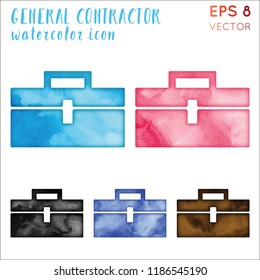Seasonal Considerations For Industrial Outside Painting: What You Need To Know
Seasonal Considerations For Industrial Outside Painting: What You Need To Know
Blog Article
Material By-Regan Whalen
When you're intending a commercial external painting task, seasonal variables can make or damage your outcomes. You'll want to consider exactly how temperature level and moisture influence paint application and drying times. Choosing the ideal season can ensure your paint sticks appropriately and lasts much longer. But which seasons are absolutely the very best for this type of job? Let's check out the crucial elements that can influence your project's success.
The Influence of Temperature Level on Paint Application
When you're intending a business exterior paint task, the temperature level can substantially impact how well the paint sticks and dries out.
Preferably, you intend to paint when temperatures range between 50 ° F and 85 ° F. If it's as well cold, the paint might not treat properly, causing issues like peeling off or cracking.
On the other hand, if it's also hot, the paint can dry out too quickly, protecting against appropriate adhesion and resulting in an uneven coating.
You must likewise think about the time of day; early morning or late afternoon provides cooler temperatures, which can be a lot more positive.
Constantly check the producer's recommendations for the particular paint you're utilizing, as they usually provide guidance on the ideal temperature array for ideal outcomes.
Humidity and Its Result on Drying Times
Temperature isn't the only ecological aspect that affects your business exterior painting project; humidity plays a considerable function as well. High moisture degrees can slow down drying out times considerably, affecting the total quality of your paint job.
When the air is filled with wetness, the paint takes longer to cure, which can result in concerns like bad attachment and a greater danger of mildew growth. If you're repainting on an especially humid day, be prepared for extended wait times between layers.
check this link right here now to keep track of regional climate condition and plan accordingly. Preferably, go for humidity degrees in between 40% and 70% for ideal drying out.
Maintaining these consider mind ensures your project remains on track and provides a long lasting finish.
Best Seasons for Commercial Outside Paint Projects
What's the most effective time of year for your commercial external paint tasks?
Springtime and very early autumn are generally your best bets. During these periods, temperatures are mild, and moisture degrees are often lower, producing suitable conditions for paint application and drying out.
Stay clear of summer season's intense heat, which can create paint to completely dry also swiftly, leading to bad attachment and finish. In a similar way, winter months's chilly temperature levels can prevent proper drying out and curing, risking the durability of your paint job.
Go for days with temperatures between 50 ° F and 85 ° F for optimum outcomes. Keep in look at here to check the neighborhood weather forecast for rain, as damp problems can destroy your project.
Planning around these variables guarantees your paint job runs smoothly and lasts much longer.
Final thought
In conclusion, intending your industrial outside paint tasks around seasonal factors to consider can make a substantial distinction in the end result. By scheduling job throughout the excellent temperature levels and moisture levels, you'll guarantee better adhesion and drying times. Keep in mind to watch on neighborhood weather report and select the right time of year-- spring and very early autumn are your best bets. Taking these steps will certainly help you achieve a resilient and expert finish that lasts.
